For aircraft of 20 kg or less, these are referred to as a ‘small unmanned aircraft’, for which the requirements are a little less stringent and are covered within Articles 166 and 167.
Article 166
- A person shall not cause or permit any article or animal (whether or not attached to a parachute) to be dropped from a small aircraft so as to endanger persons or property.
- The person in charge of a small unmanned aircraft may only fly the aircraft if reasonably satisfied that the flight can safely be made.
- The person in charge of a small unmanned aircraft must maintain direct, unaided visual contact with the aircraft sufficient to monitor its flight path in relation to other aircraft, persons, vehicles, vessels and structures for the purpose of avoiding collisions.
- The person in charge of a small unmanned aircraft which has a mass of more than 7 kg excluding its fuel but including any articles installed in or attached to the aircraft at the commencement of its flight, must not fly such an aircraft:
a) in Class A, C, D or E airspace unless the permission of the appropriate air traffic control unit has been obtained; b) within an aerodrome traffic zone during the notified hours of watch of the air traffic unit (if any) at that aerodrome unless the permission of any such air traffic control unit has been obtained; or c) at a height of more than 400 feet above the surface unless it is flying in airspace described in sub-paragraph (a) or (b) above and in accordance with the requirements for that airspace. - The person in charge of a small unmanned aircraft must not fly such an aircraft for the purposes of aerial work except in accordance with a permission granted by the CAA.
Small Unmanned Surveillance Aircraft
Article 167
- The person in charge of a small unmanned surveillance aircraft must not fly the aircraft in any of the circumstances described in paragraph (2) except in accordance with a permission issued by the CAA.
- The circumstances referred to in paragraph (1) are:
a) over or within 150 metres of any congested area; b) over or within 150 metres of an organised open-air assembly of more than 1,000 persons; c) within 50 metres of any vessel, vehicle or structure which is not under the control of the person in charge of the aircraft; or d) subject to paragraphs (3) and (4), within 50 metres of any person. - Subject to paragraph (4), during take-off or landing, a small unmanned surveillance aircraft must not be flown within 30 metres of any person.
- Paragraphs (2)(d) and (3) do not apply to the person in charge of the small unmanned surveillance aircraft or a person under the control of the person in charge of the aircraft.
- In this article ‘a small unmanned surveillance aircraft’ means a small unmanned aircraft which is equipped to undertake any form of surveillance or data acquisition.
Summary
In essence therefore, provided the aircraft has a mass of 20 kg or less, the current regulations state:
- The operation must not endanger anyone or anything.
- The aircraft must be kept within the visual line of sight (normally taken to be within 500 m horizontally and 400 ft vertically) of its remote pilot (i.e. the ‘person in charge’ of it). Operations beyond these distances must be approved by the CAA (the basic premise being for the operator to prove that he/she can do this safely).
- Small unmanned aircraft (irrespective of their mass) that are being used for surveillance purposes are subject to tighter restrictions with regard to the minimum distances that you can fly near people or properties that are not under your control. If you wish to fly within these minima, permission is required from the CAA before operations are commenced.
- CAA permission is also required for all flights that are being conducted for aerial work (i.e. in very simple terms, you are getting paid for doing it).
- The ‘remote pilot’ has the responsibility for satisfying him/herself that the flight can be conducted safely.
Note: there is currently no ‘protected’ frequency band allocated for the control link between ‘remote pilot’ and aircraft. Some control frequencies are also ‘shared’ with other uses (such as Bluetooth and WiFi, or a band for research and development systems). The small UAS manufacturers should be well aware of this, however it would be worthwhile checking with them to ensure that there are no other related precautions which need to be taken with their specific machine. You will need to ensure that any other equipment you routinely need to use does not adversely affect the flight of the aircraft.
Careful note should be taken that the collection of images of identifiable individuals, even inadvertently, when using surveillance cameras mounted on a small unmanned surveillance aircraft, will be subject to the Data Protection Act. As this Act contains requirements concerning the collection, storage and use of such images, Small Unmanned Aircraft operators should ensure that they are complying with any such applicable requirements or exemptions.
Further information about the Data Protection Act and the circumstances in which it applies can be obtained from the Information Commissioner’s Office and website: www.ico.org.uk
